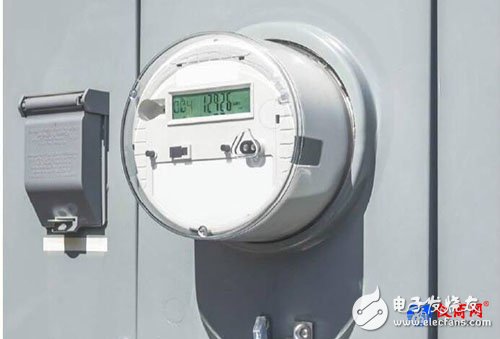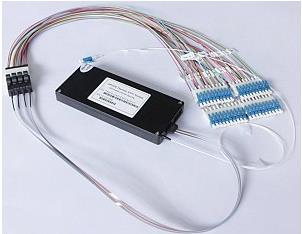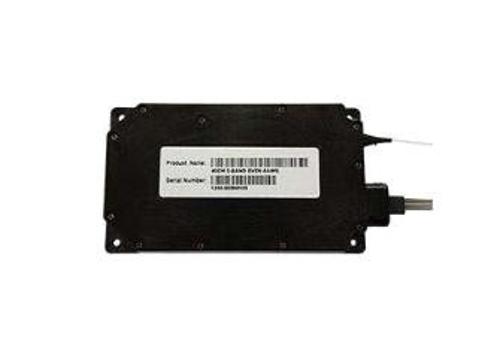The smart meter is a kind of energy meter that integrates multi-function, remote transmission and data analysis. It has high-tech features such as intelligent deduction, electricity price inquiry, power memory, meter reading time freezing, balance alarm, and information remote transmission. At the end of 2017, the Guangzhou Power Supply Bureau has fully realized the full coverage of smart energy meters and low-voltage remote collection. More than 5.4 million low-voltage users in Guangzhou use smart energy meters and realize remote meter reading.

With the advent of the smart grid era, a large number of mechanical watches and old-fashioned electronic watches cannot meet the needs of intelligent power construction and remote automatic collection of power information. To this end, many places in China have been promoting smart energy meters on a large scale to promote the full coverage of power information collection systems. Today's Guangzhou City has fully covered the full smart energy meter, fully equipped to provide intelligent, automated, non-interference services.
As the major innovation and development of the power system in the intelligent era, the "intelligence" of smart meters is reflected in the various service functions such as online payment, remote control, SMS reminder, etc. It also has high measurement accuracy, intelligent billing, automatic meter reading, Significant advantages such as fault alarm, power memory and balance alarm can provide more convenient and efficient power supply services for the majority of power customers.
The performance and accuracy of smart meters are much better than those of traditional meters. The replacement of smart meters not only saves users time and money, but also brings more accurate billing results to the power company and saves labor. The meter reading labor costs help the development of China's smart grid.
In addition, the smart energy meter can also collect intelligent electric energy meter information through the information communication technology, through remote real-time fee control, marketing business application, electricity information collection and other interactive platforms such as mobile phone text messages and voice calls, and calculate electricity charges. Remotely issue orders and information such as electricity tariff warning, stop-and-recharge, etc., to realize automatic measurement of available electricity tariff balance, automatic warning of balance information, remote transmission of resettlement and power-off instructions, etc., so that citizens can understand the details of electricity charges and make self-service payment without leaving the house.
In the new situation of the development of smart grids, old-fashioned electricity meters will inevitably be replaced by smart meters. The smart meter not only greatly improved the sensitivity, but also has its own smart grid system, which saves the process of manpower meter reading, and can also pay the electricity fee online. It is believed that the day away from the full coverage of smart meters in China is not far away.
AAWG WDM - Athermal Arrayed Waveguide Gratings Wavelength Division Multiplex
There are currently three types of DWDM technologies developed in the industry, which are based on AWG, TFF and FBG technologies. AWG is a planar waveguide device, which is an arrayed waveguide grating made on a chip substrate using PLC technology. Compared with FBG and TTF, AWG has the advantages of high integration, large number of channels, low insertion loss, and easy mass automated production.

The Athermal AWG module is based on the arrayed waveguide grating technology and does not require additional power supply or temperature control. It is a pure passive module. It has the characteristics of low loss and polarization-related loss, low crosstalk, etc., and has good stability in the operating temperature range of -40°C to 85°C.

With the vigorous development of 5G, users will have higher and higher requirements for bandwidth. Operators will need to continuously increase data transmission rates, increase transmission capacity, and reduce operating costs. Among them, the active WDM-PON solution is difficult to deploy on a large scale due to its high cost; while the passive WDM-PON will have more application space due to its advantages of low cost, no power supply, and easy installation. Among them, the non-thermal AWG will be more widely used because of its larger number of channels, denser channel spacing, and no need to rely on power supply or temperature control.

Athermal AWG WDM, also known as Athermal Arrayed Waveguide Grating WDM and AAWG WDM Splitter, along with FBT WDM splitter, LAN WDM splitter, Filter WDM splitter, dense WDM splitter and coarse WDM splitter, are the most commonly used WDM device in construction of PON.
Athermal AWG WDM, Athermal Arrayed Waveguide Grating WDM, AAWG WDM Splitter
Shenzhen GL-COM Technology CO.,LTD. , https://www.szglcom.com